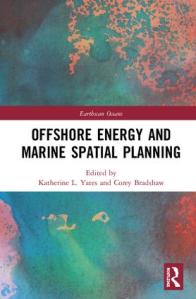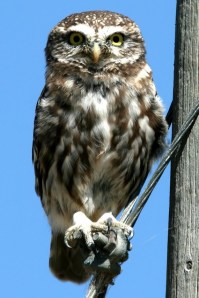
As I’ve done for the last six years, I am publishing a retrospective list of the ‘top’ 20 influential papers of 2019 as assessed by experts in F1000 Prime (in no particular order). See previous years’ lists here: 2018, 2017, 2016, 2015, 2014, and 2013.
- Decline of the North American avifauna — … the first comprehensive assessment of population change in the North American avifauna.
- Scientists’ warning to humanity: microorganisms and climate change — … [highlights] the crucial role of microbial transformations in determining set points for sea temperature, pH and ocean productivity … [identifies] microbial activity as the “life support system of the biosphere”.
- (Note: Lots of people hated this one, basically because it appears to be severely flawed; nonetheless, it received several recommendations on F1000): The global tree restoration potential — … illustrates the substantial potential of capturing some of the excess carbon dioxide present in the earth’s atmosphere by planting trees.
- Managing the middle: a shift in conservation priorities based on the global human modification gradient — … probably the best global assessment of spatial extent of human modification of natural terrestrial environments published to date.
- Five decades of northern land carbon uptake revealed by the interhemispheric CO2 gradient — … [concludes] that northern hemisphere [sic] vegetation and soil account for the majority of the terrestrial carbon sink, rather than tropical forests (not trying to display too many sour grapes here, but we’ve already reported this for the boreal forest, and they didn’t even bother to cite us — sad panda)










